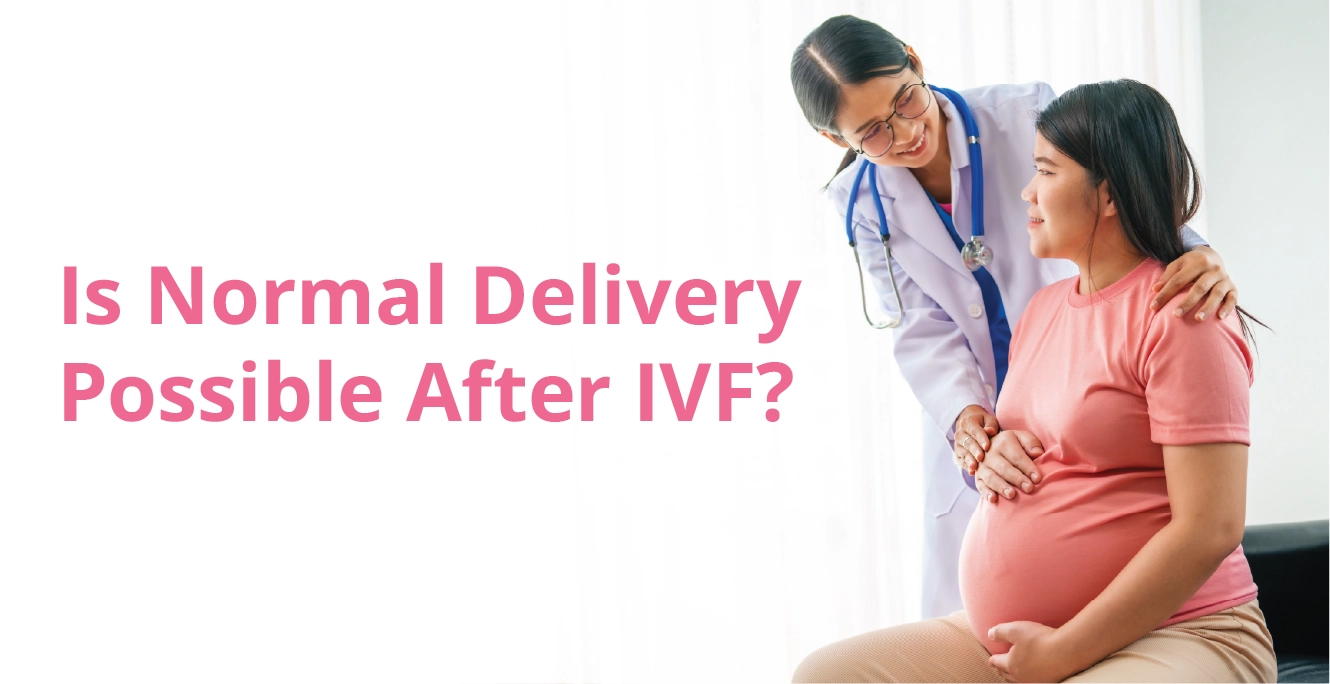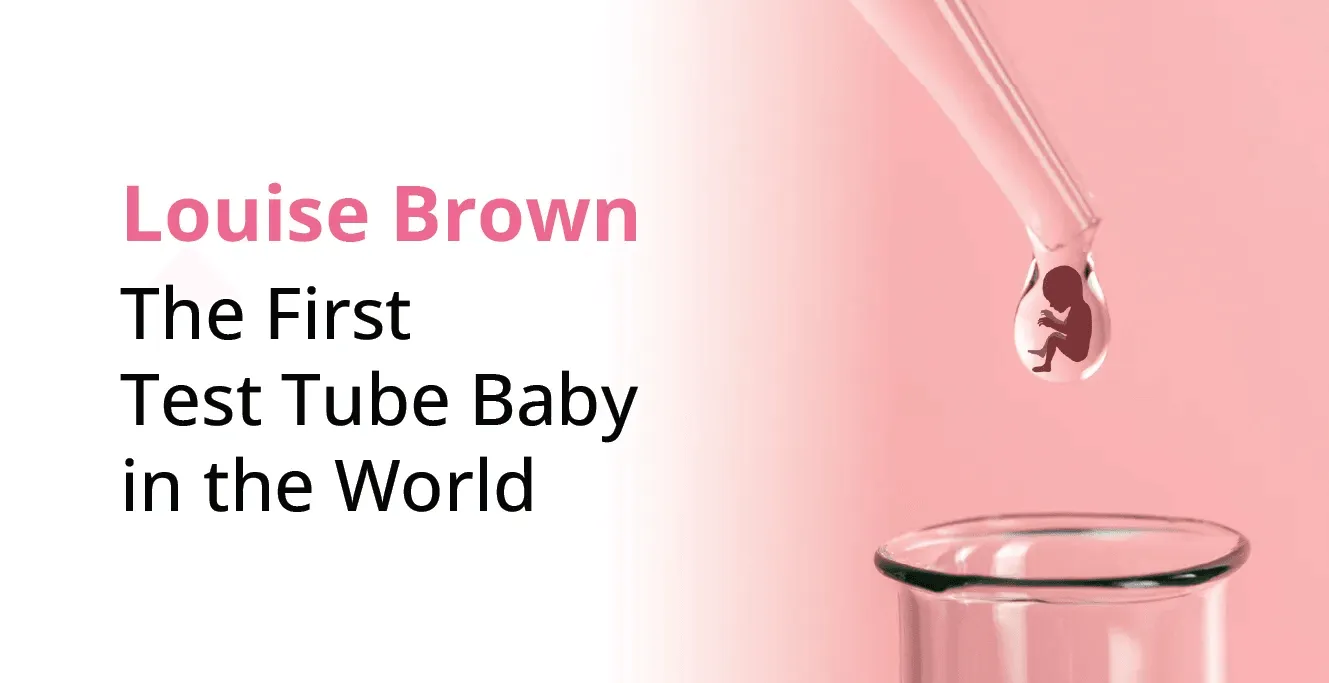
Why do Blastocyst not Implant

Table of Contents
Pregnancy is no easy milestone to achieve, especially for women who experience hurdles of infertility. Thankfully, Assisted Reproductive Technology (ART) methods are available widely to help infertile couples achieve conception. Nonetheless, despite its high success rate, ART methods such as IVF treatment are also prone to some errors causing obstacles in pregnancy. Such problems can occur even after fertilisation. The resulting embryo may not always implant but what are the symptoms of fertilised egg not implanting?
In this article, we will explore why implantation fails and how do we identify the signs of embryo implantation failure?
Before we begin to understand the implantation failure reasons, let us learn about the steps leading to implantation, primarily, blastocyst culture.
IVF Failure Symptoms: Blastocyst Culture
For an IVF treatment, the fertility specialist begins by stimulating ovulation in the female partner. Ovarian induction is an essential initial step for ensuring that the woman is producing a large number of healthy, mature eggs. The resulting eggs are then retrieved from the female partner through a transvaginal ultrasound. Simultaneously, the male partner is asked to submit a semen sample. The semen sample is then washed and concentrated for the extraction of healthy sperm cells.
Your fertility partner then combines the healthy egg and sperm cells in a Petri dish in a carefully monitored environment in an IVF laboratory. This process is known as fertilisation. The fertilised egg is then placed inside an incubator for further development. The fertilised egg develops through various stages, including:
- The pronuclear stage on day 1
- The two to the four-cell stage on Day 2
- The eight-cell stage on day 3
- The morula stage on day 4
- The blastocyst stage on day 5 or day 6
At the blastocyst stage, there are two types of cells – inner cell mass that develops into the fetus and an outer layer of cells that develops into the placenta.
Traditionally, the implantation of a fertilised egg was done by day 2 or 3. However, with advancements in ART methods, fertility specialists are now able to culture embryos till day 5 or 6, that is, till the blastocyst stage.
Blastocyst culture allows embryos to develop to their maximum potential. This stage allows the fertility specialist to select the healthiest embryo in order to avoid multiple pregnancies.
Why does Blastocyst not Implant?
Blastocyst culture allows for a higher chance of healthy pregnancy. The incidence of failure is rare but it may happen. There are several implantation failure reasons that may contribute.
Here are some common reasons why implantation fails:
Poor Quality of the Egg or Sperm
Besides the number of eggs and sperm cells, their health and overall quality is of equal importance. Healthy eggs and sperm make way for a healthy pregnancy. However, a variety of reasons may impact the quality of your egg and sperm cells including advanced age and genetic or chromosomal conditions.
Chromosomal Anomalies in the Embryo
Implantation failure may occur due to chromosomal variations in the fertilised embryo, that is, the embryo. While chromosomal defects may be persistent in the egg or sperm, sometimes these variations may also generate during fertilisation.
Poor Environment of the Uterus
Your body undergoes a range of changes in order to prepare itself to host the growth of a baby. Your uterus and the endometrial lining should be in optimal condition to help support the development of an embryo. Usually, the endometrial lining begins to thicken to become responsive to embryo implantation. However, a certain level of scarring and implantation may generate a poor environment leading to implantation failure.
Lifestyle factors
You need to be in your best shape and maintain a healthy lifestyle before, during and after conception. Your lifestyle choices are of prime importance during the implantation stage. If you are experiencing underlying health conditions, namely diabetes, high blood pressure, thyroid disease, your chances of implantation failure increases. Similarly, leading a sedentary lifestyle inclusive of lack of exercise, poor dietary habits, high stress levels and being overweight can contribute to implantation failure reasons.
Symptoms of Fertilised Egg not Implanting
Signs of failed IVF may not always be obvious. You may need clinical intervention to help you understand the signs of embryo implantation failure. For every individual, these IVF failure symptoms are distinct. However, our experts suggested some common symptoms of fertilised eggs not implanting.
You may be able to detect that the implantation has failed by staying wary of the symptoms of implantation after embryo transfer. If the symptoms of implantation are absent, you may seek clinical guidance and help.
Symptoms of implantation after embryo transfer include:
- Changes in the tendency of smell
- Breast sensitivity or tenderness
- Slight cramping in the abdomen
- Slight spotting
- Fatigue
- Nausea
- Bloating
- Changes in vaginal discharge
- Increased urination
If you do not experience any of the above given symptoms for nearly 2 weeks (up to 15 days), the implantation may have failed.
In case you experience vaginal bleeding, you should consult your fertility doctor as bleeding from the vaginal may be indicative of an ectopic pregnancy (a pregnancy that occurs when the fertilised egg implants on one of the two fallopian tubes).
How is Implantation Failure During Blastocyst Treated?
Today, a wide range of treatments are available to treat implantation failure reasons during blastocyst. Based on your overall health, age, cause of infertility, the primary line of treatment, and cause of implantation failure, your fertility doctor may utilise one of the following measures:
- Hormonal supplements
- Medication
- Corrective surgical procedures
- IVF with preimplantation genetic testing
Improving the Success of Embryo Transfer
Successful implantation during blastocyst is possible. Your fertility doctor will devise a personalised treatment plan in order to boost your chances. At Birla Fertility & IVF, we understand that every individual is unique with varied biological markers. We plan your fertility treatment in a tailor-made manner to minimise risks and failure and maximise chances of conception.
We offer blastocyst culture under optimal laboratory conditions. Our experts closely monitor your health for early detection, identification, and treatment of any possible implantation failure reasons. Besides clinical treatment, we also provide personalised guidance and advice on your lifestyle to help you achieve a healthy pregnancy at the earliest.
The Takeaway
It can be difficult to identify symptoms of fertilised eggs not implanting if you are unaware of them. Right after implantation, you should ask your fertility doctor about possible signs and symptoms to look out for. The above article provides an overview of which implantation failure causes and symptoms of implantation after embryo transfer to take note of.
For more information, you can book a FREE consultation at Birla Fertility & IVF.
FAQs:
- What are the signs that IVF has worked?
The positive signs that IVF has worked include light spotting, breast soreness or tenderness, changes in vaginal discharge, bloating, nausea and tiredness.
- Does blastocyst always implant?
The success rate of blastocyst culture implantation is high. However, in rare and uncommon cases, embryo transfer at blastocyst may fail due to a range of reasons.
- How many blastocysts are normal?
According to research, the average blastocyst rate for all cycles is at approximately 40% with an average of 5 blastocysts per cycle.
- What are the chances of a blastocyst implanting?
Blastocyst implantation failure is uncommon but can occur. According to studies, the blastocyst implantation failure rate can be as low as 30%.
Our Fertility Specialists
Related Blogs
To know more
Birla Fertility & IVF aims at transforming the future of fertility globally, through outstanding clinical outcomes, research, innovation and compassionate care.
Had an IVF Failure?
Talk to our fertility experts

 Our Centers
Our Centers









